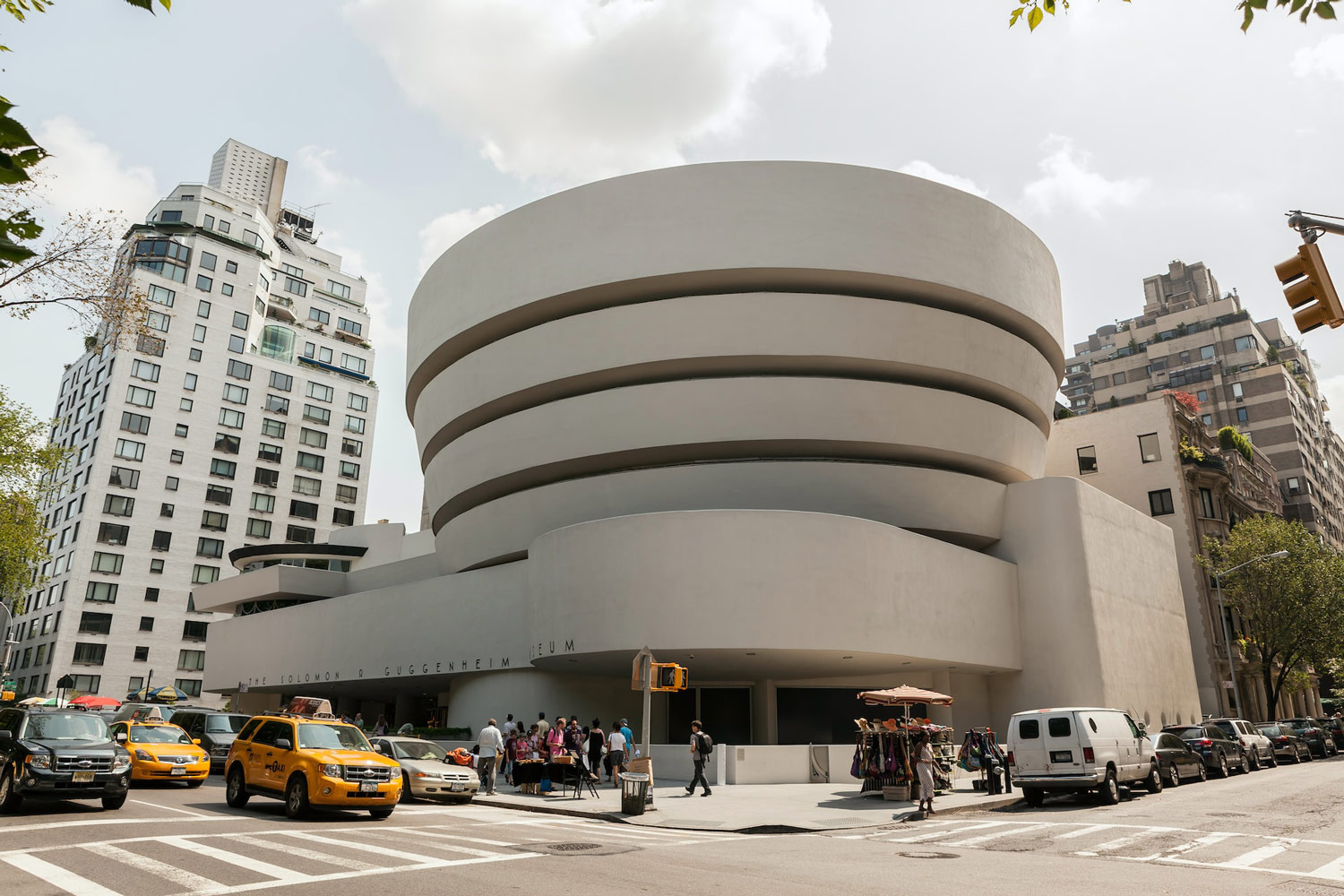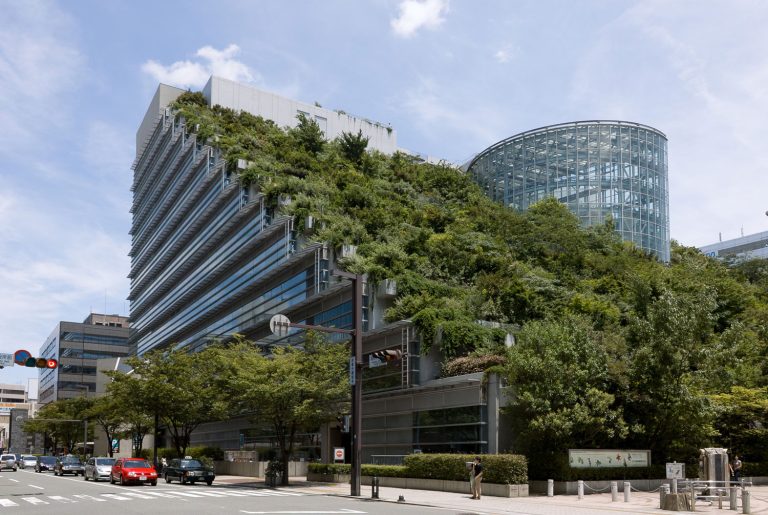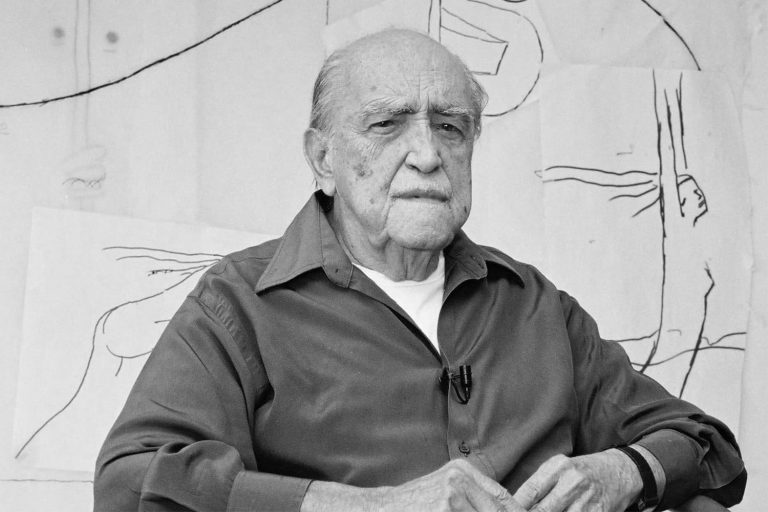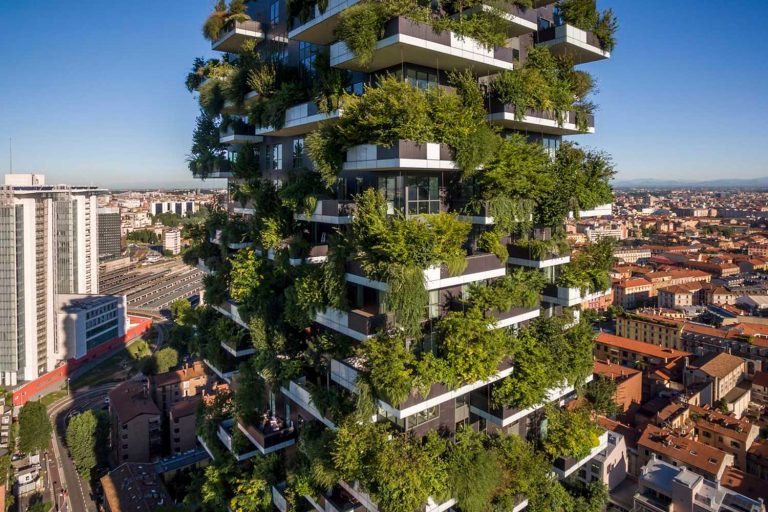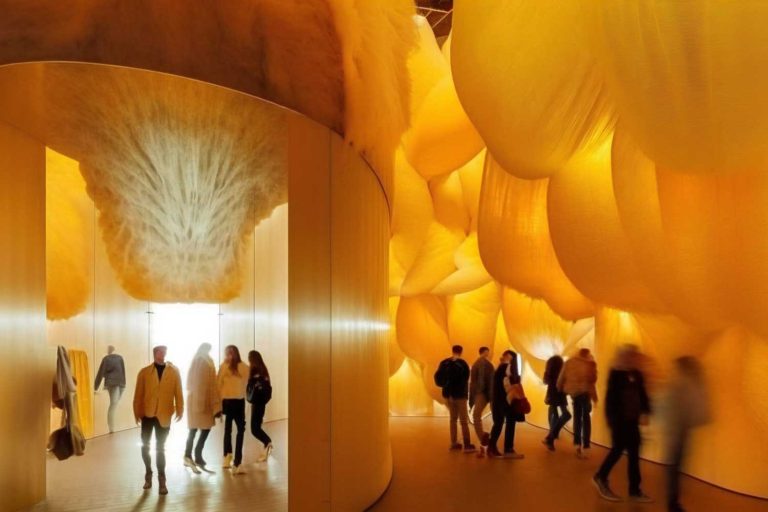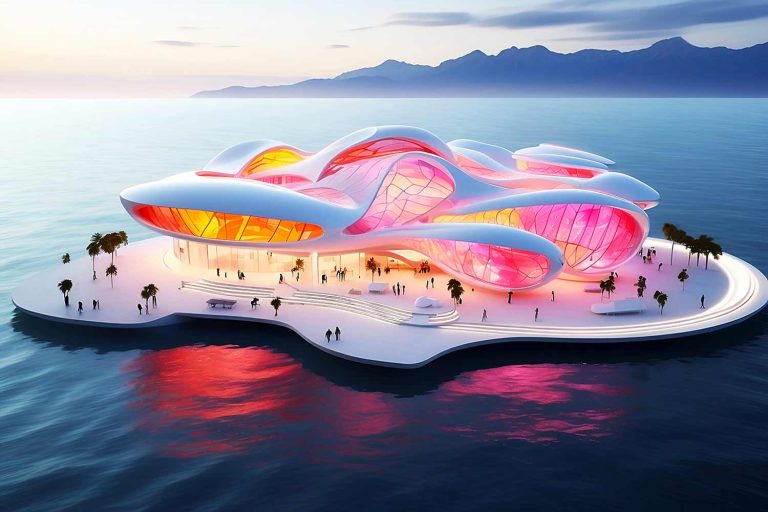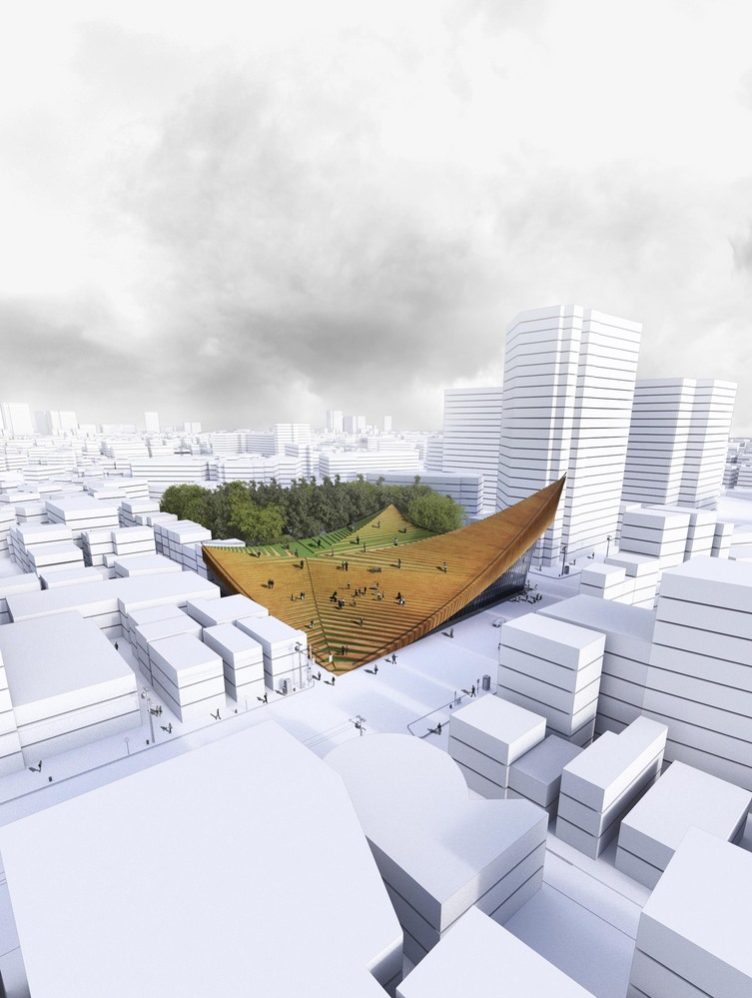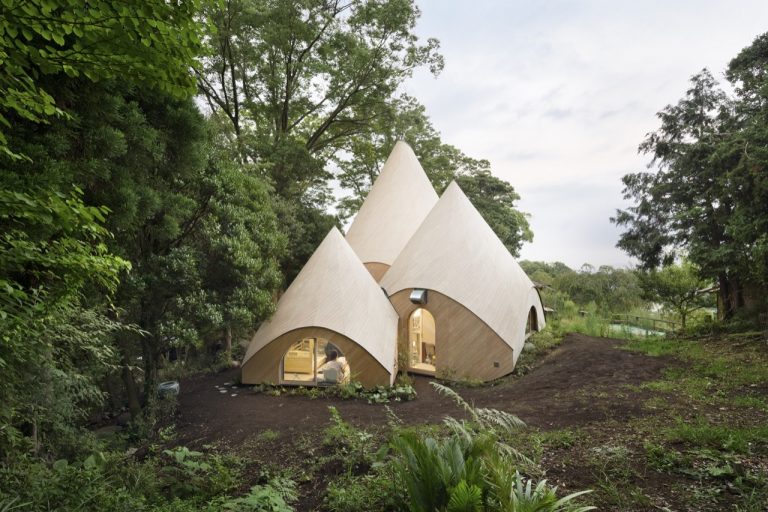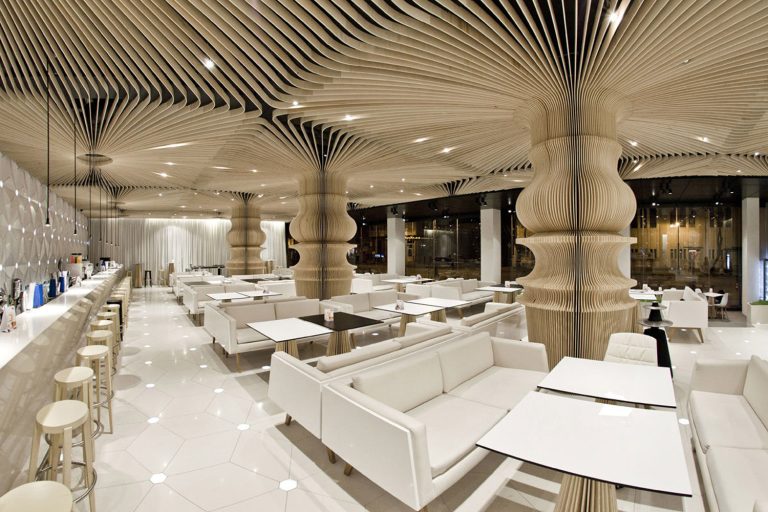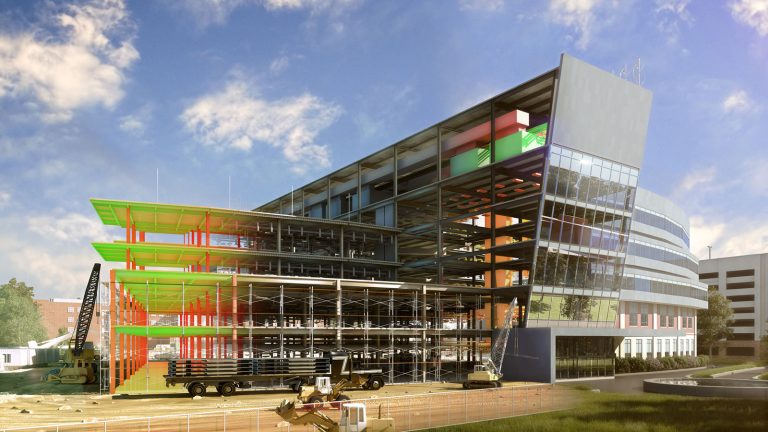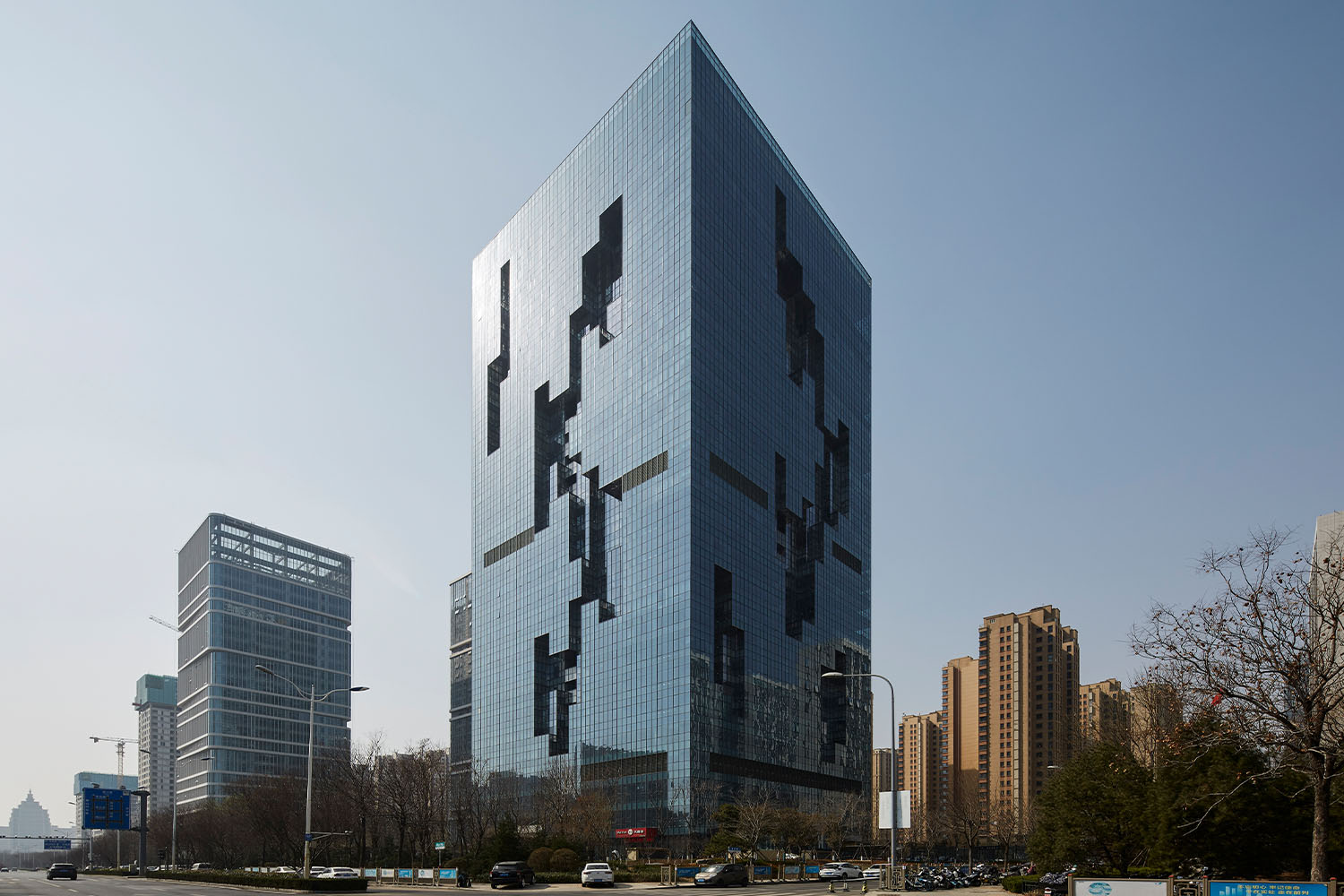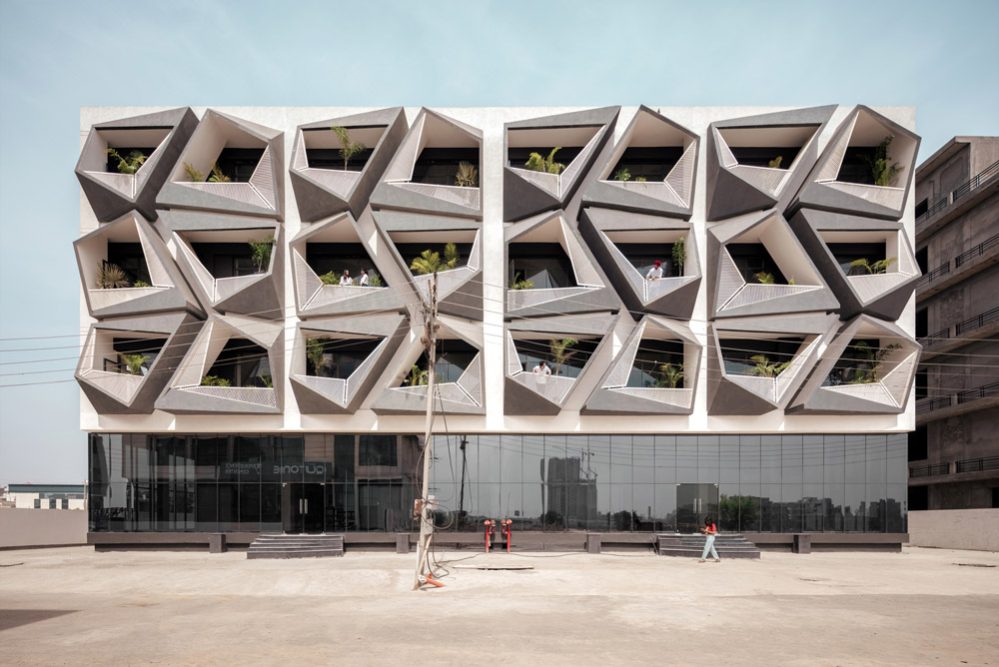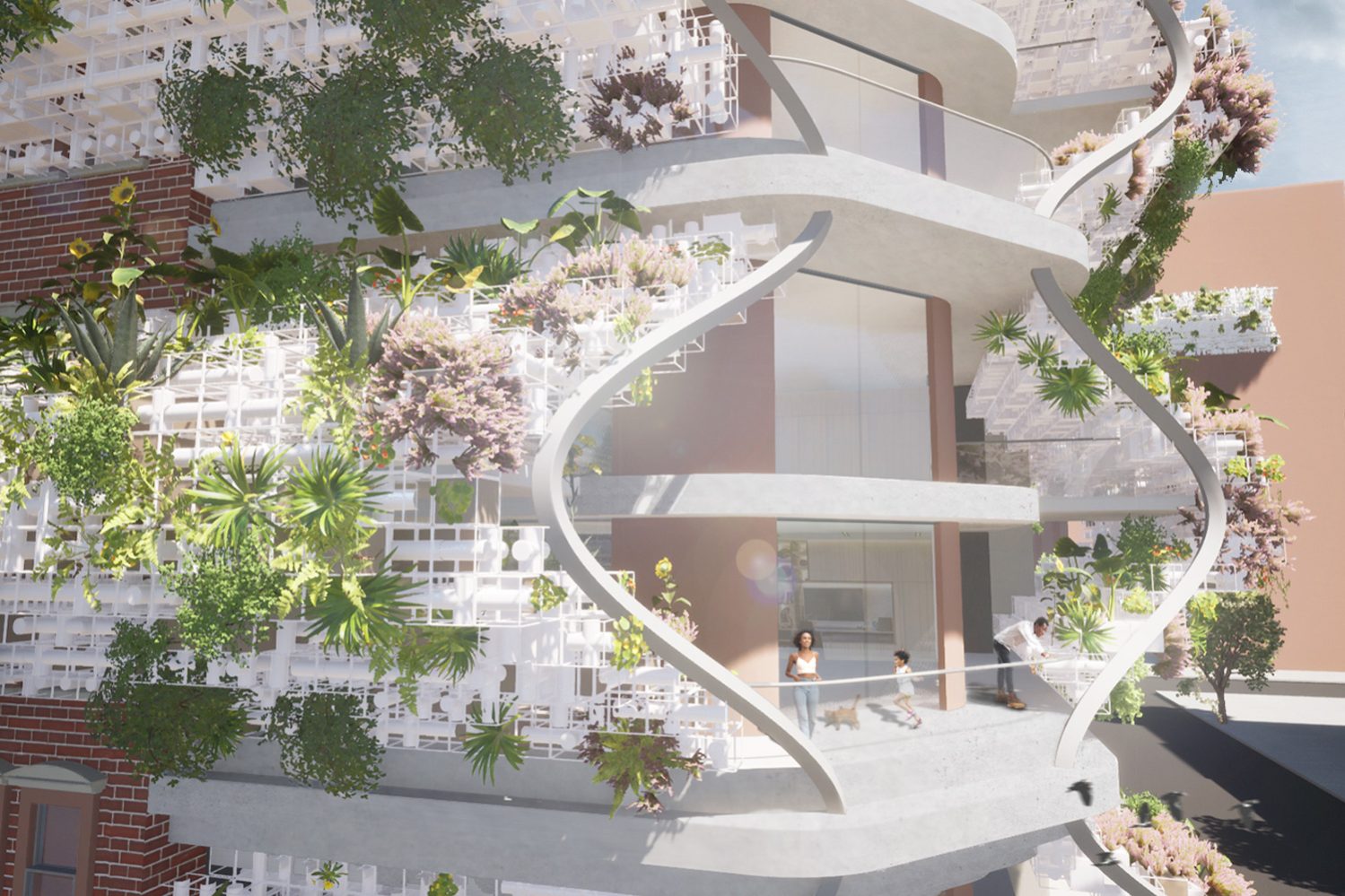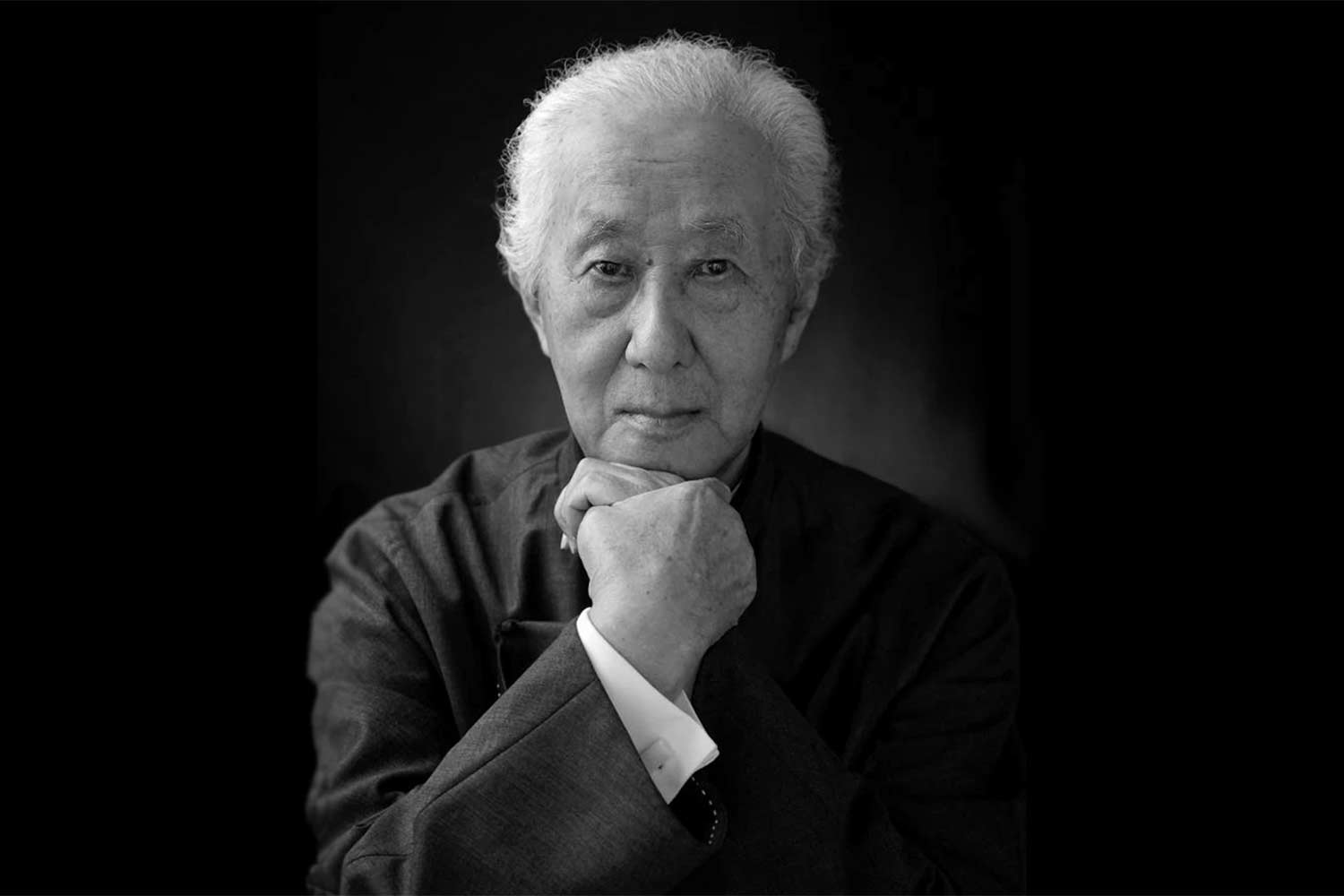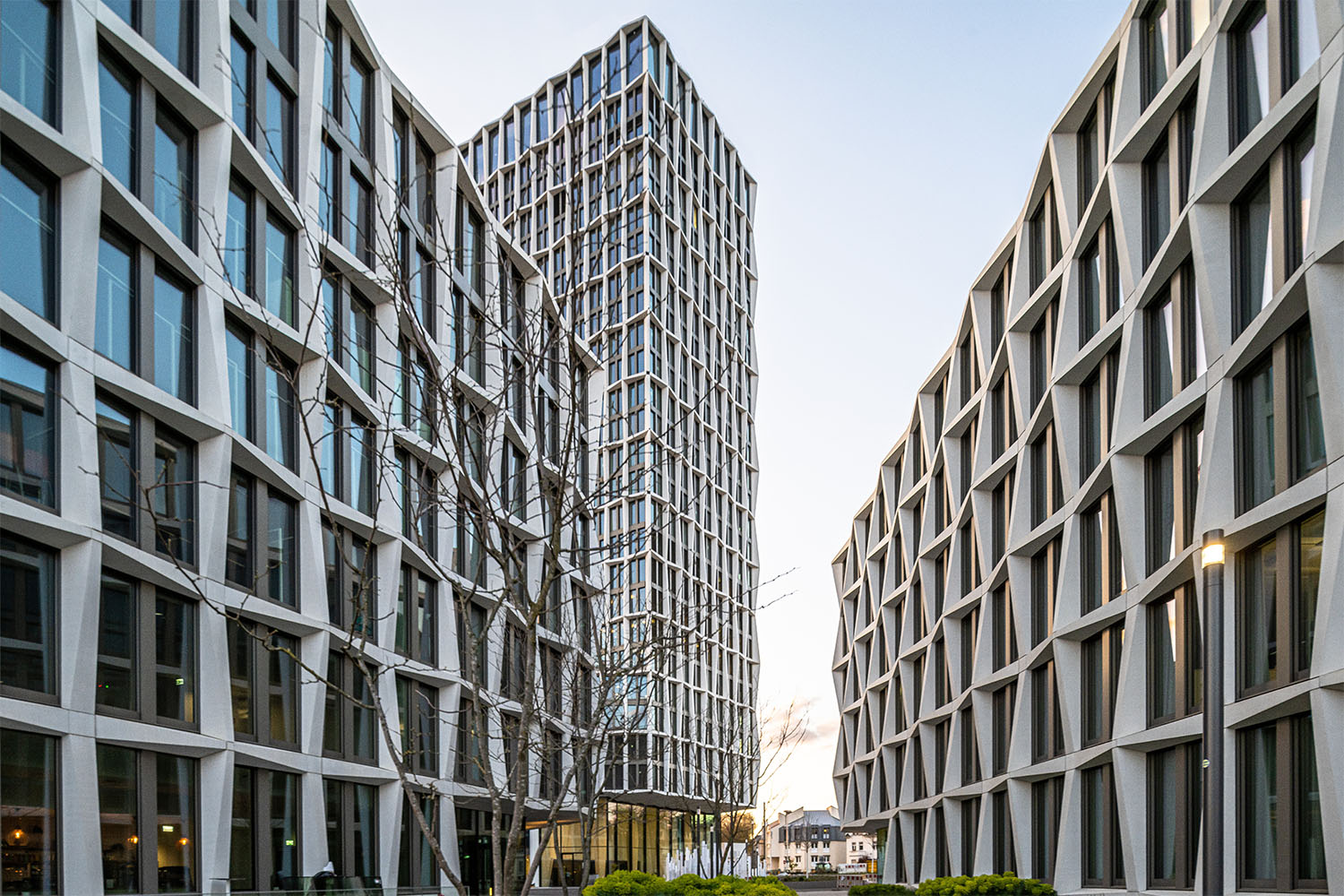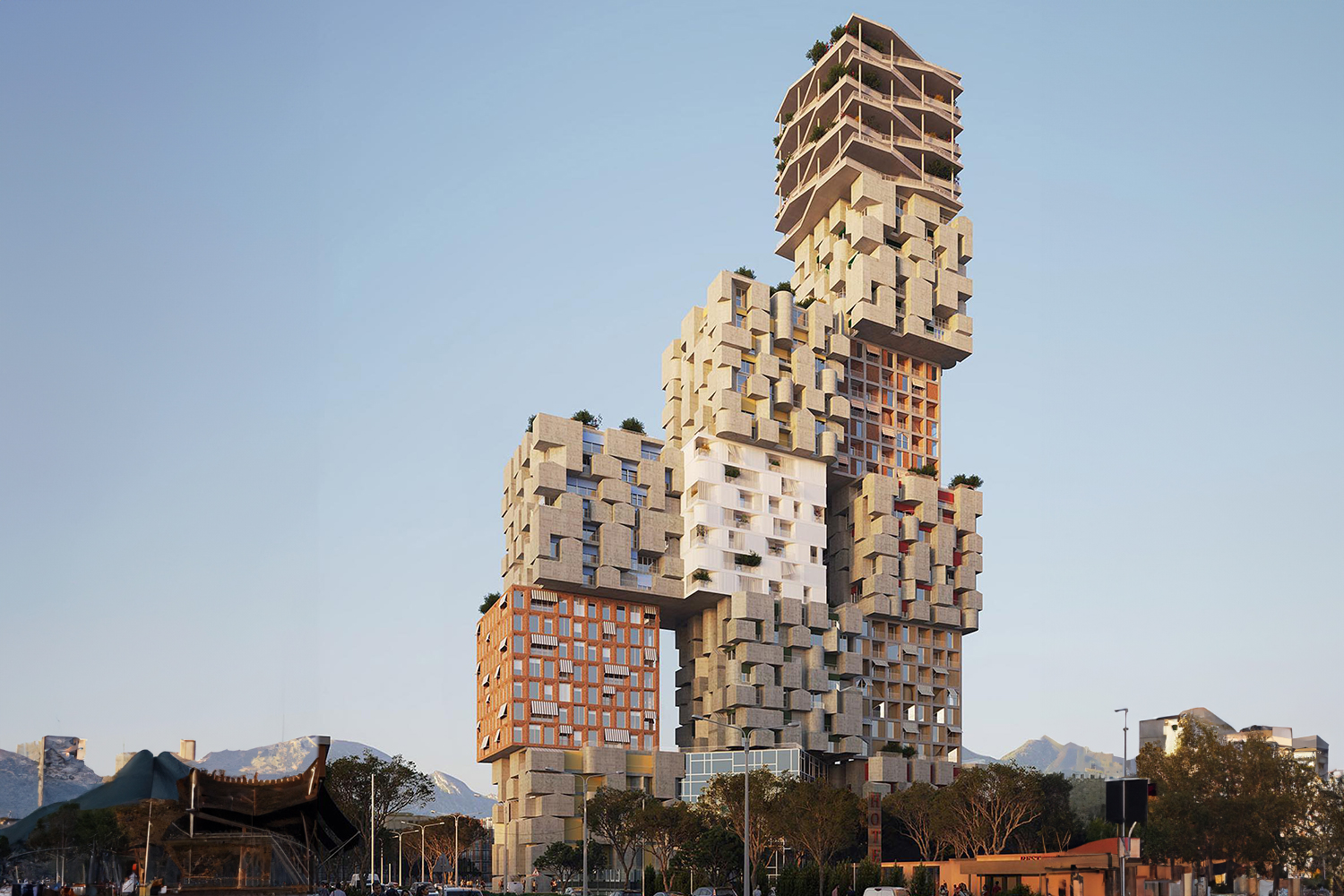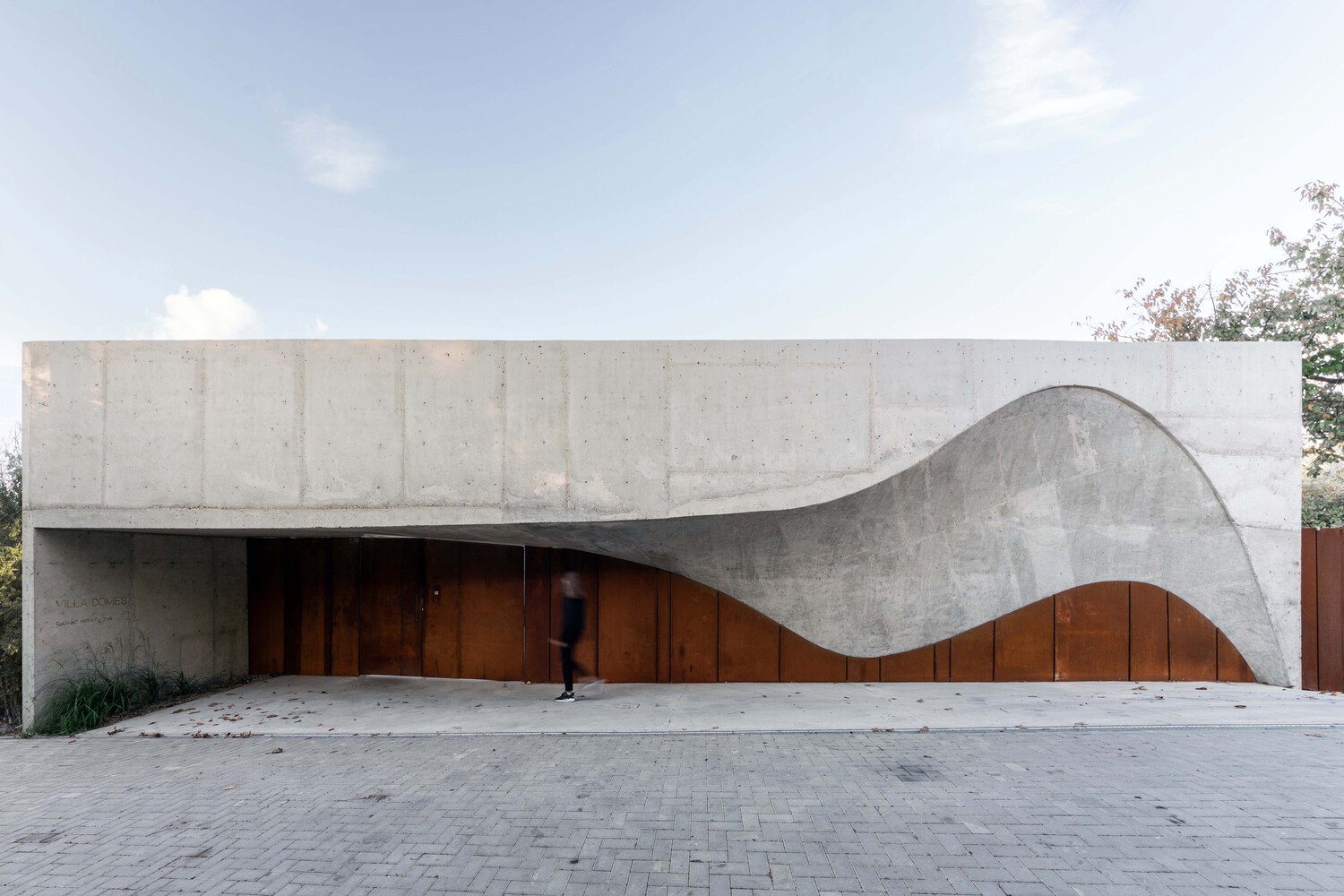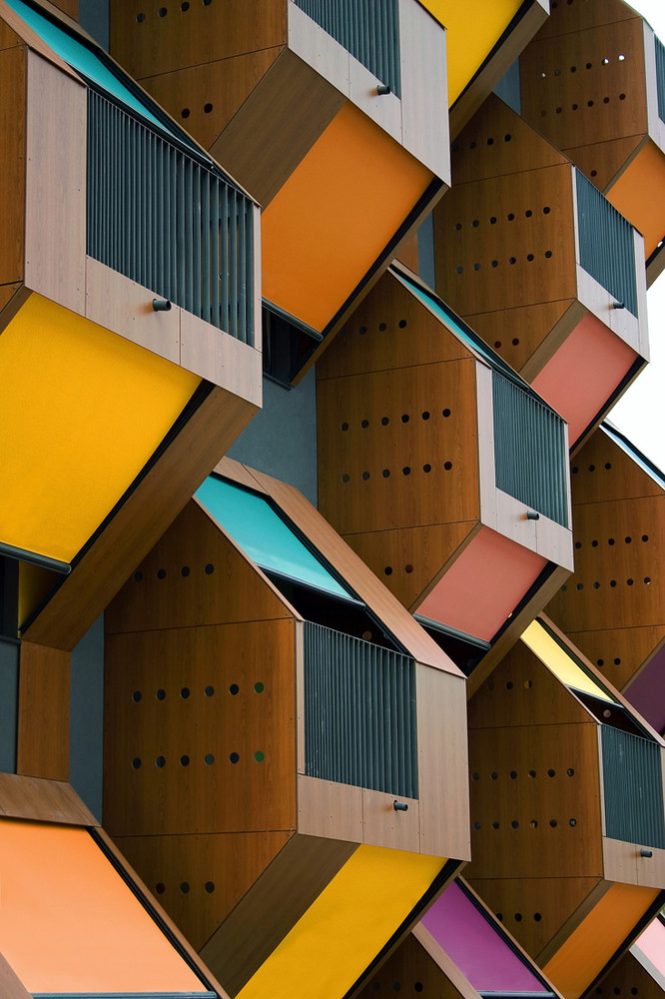
World Architecture Day is celebrated on the first Monday of October. This year’s theme, “Architecture for Resilient Communities,” highlights the role architecture plays in fostering vibrant community life while sparking international discussions on the dynamic interplay between urban and rural landscapes across the globe.
Architectural masterpieces of the past continue to inspire modern architectural methods. Structures like Habitat 67 were created to enhance the quality of life for communities and have since become an integral part of the history of architecture. Additionally, structures like Fallingwater are an important example of how nature and architecture coexist. As we continue to advance in architecture and urban design, our ability to build resilient communities is greatly improved.
Internationa Union of Architects stated about World Architecture Day 2023, “The world faces the difficult task of best responding to today’s climatic and social challenges. This raises the issue of the efficiency and adequacy of conventional planning instruments for the organization of territories and the production of environmentally and socially respectful architecture.” and added, “On World Architecture Day, the UIA invites Member Sections to continue the discussion on this topic and encourage territorial and urban planning concepts and policies that enable architects to develop innovative solutions and design viable buildings and public spaces for resilient communities, aiming to ‘humanize’ all types of urbanization, respect cultural heritage and restore the relation to nature and biodiversity.”
World Architecture Day event taking place worldwide to discuss a more resilient and brighter future for architecture and communities.
In this article, we journey through the archives of architectural history for World Architecture Day, delving into the stories of eight iconic modern buildings that have left an unforgettable mark on the design field and continue to inspire contemporary architecture.
1. Villa Savoye
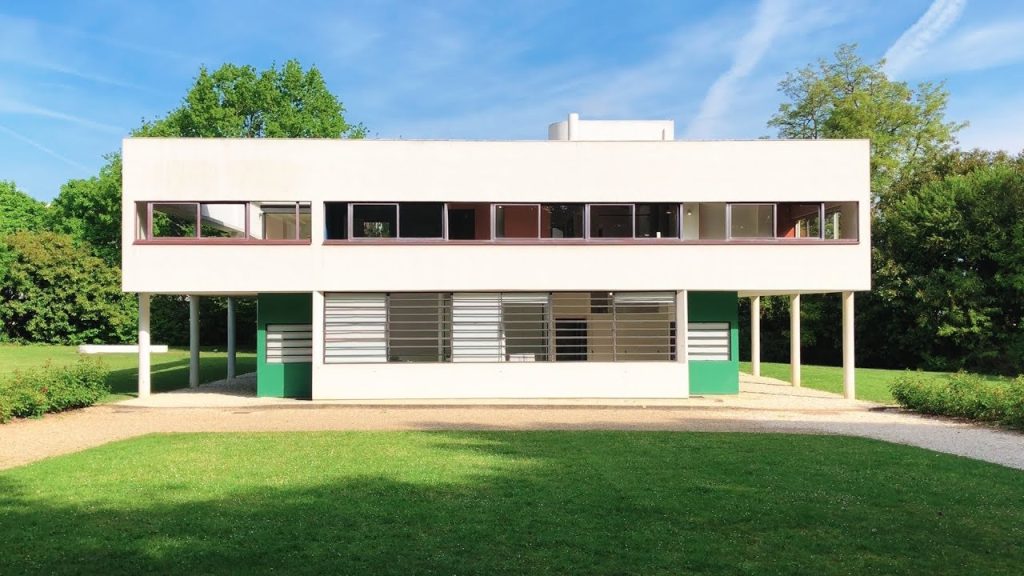
Architect: Le Corbusier
Location: Poissy, France
Year: Completed in 1931
Villa Savoye is Le Corbusier’s one of the signature works and was built with reinforced concrete between 1928-1931. Also, the house is one of the most famous and well-known examples of the International style and shows how modern architecture started. The Center des Monuments Nationaux now takes care of the house and makes it available to the public all year.
The plan was made using the main ratios of the Golden Section. In this case, a square was cut into sixteen equal parts, connected on two sides to make room for the projecting facades, and then split again to set the location of the door and ramp. The plan was made using the main ratios of the Golden Section. In this case, a square was cut into sixteen equal parts, connected on two sides to make room for the projecting facades, and then split again to set the location of the door and ramp.
2. Bauhaus Building

Architect: Walter Gropius
Location: Dessau, Germany
Year: Completed in 1926
The Bauhaus was a German art school from 1919 to 1933 and taught fine arts and crafts. Walter Gropius, the founder of the Bauhaus movement, designed the building.
The building has three sides that are all linked together by bridges. Between the school and workshop areas is a big two-story bridge that forms the roof of the administration building, which is located on the bottom of the bridge. Gropius made the different parts of the building look different by splitting them based on their purpose. The wings were deliberately positioned asymmetrically, requiring observers to physically navigate around the building to comprehend the complex’s design fully. Here, you can explore more about the Bauhaus movement.
3. Fallingwater

Architect: Frank Lloyd Wright
Location: Mill Run, Pennsylvania, USA
Year: Completed in 1939
The Fallingwater House, designed by Frank Lloyd Wright, revolutionized how we thought about the connection between humans, buildings, and the natural world. Kaufmann commissioned the building, and the weekends were spent there by Mr. Edgar Kaufmann, his wife, and their kid. Inspired by Japanese design principles, Wright integrated the house with a waterfall to emphasize the connection between humans and the environment.
The main element of Fallingwater, the Kaufmann residence, was built between 1936 and 1938, and the guesthouse was added in 1939. The first story features an open living area and compact kitchen, while the second floor is home to three small bedrooms, all furnished initially by Wright himself. Edgar Jr., the Kaufmanns’ son, had his study and bedroom on the third level. Each room in the house has some connection to the outdoors, and the living room even includes a set of stairs that drop down into the water.
4. Church of the Light

Architect: Tadao Ando
Location: Ibaraki, Osaka, Japan
Year: Completed in 1989
The Church of the Light, designed by Tadao Ando, is located in the small town of Ibaraki, 25km outside Osaka, Japan. The overall design highlights the power of light to define and generate new spatial experiences in equal measure to, if not more so than, that of his concrete structures. The Church of the Light embodies Ando’s philosophical framework between nature and architecture.
The simplicity of the Church of the Light’s architecture may be seen in its attention to even the smallest of design aspects, as befits a modern, minimalist construction. All decorative elements not essential to the building process have been eliminated from the reinforced concrete space. Tadao Ando, along with his team of skilled Japanese carpenters, meticulously constructed the concrete’s seams and joints to achieve a seamless and perfectly smooth surface. The concrete formwork joints align perfectly with the protruding crosses on the church’s eastern facade, resulting in a visually stunning structure.
5. Habitat 67

Architect: Moshe Safdie
Location: Montreal, Quebec, Canada
Year: Completed in 1967
Originally designed as an experimental solution for high-quality living in dense urban environments, Israeli-Canadian architect Moshe Safdie’s Habitat 67 was the Canadian Pavilion at the 1967 World’s Fair. Safdie considered using prefabricated modular modules to lower construction costs and introduce a new dwelling typology that would combine suburban-style living with the conveniences of an urban apartment building.
Habitat 67 was built out of 354 prefabricated modules piled in different configurations and connected with steel wires. Depending on how many of the 600 square foot “boxes” are combined to make a given apartment, the resulting living spaces might be rather unique in both shape and size. Three vertical cores of elevators serve the upper floors and a network of pedestrian pathways and bridges connect all of the apartments.
6. Sydney Opera House

Architect: Jorn Utzon
Location: Sydney, Australia
Year: Completed in 1973
The Sydney Opera House is a multi-venue performing arts complex in Sydney, Australia, designed by the Danish architect Jorn Utzon. Incredibly complex geometries can be found in some examples of contemporary architecture, and the Sydney Opera House paved the way for them. The design was groundbreaking since it was one of the earliest examples of the use of CAD to create complex forms. Many modern buildings, including those by Gehry and Blobitecture, as well as most reinforced concrete structures, make use of the design methods pioneered by Utzon and Arup for the Sydney Opera House. It also demonstrated the concept for future use by being one of the first designs in the world to use araldite to bond the precast structural elements together.
7. Barcelona Pavilion

Architect: Ludwig Mies van der Rohe and Lilly Reich
Location: Barcelona, Spain
Year: Originally built in 1929, reconstructed in 1986
Ludwig Mies van der Rohe and Lilly Reich designed the Barcelona Pavilion, which was the German Pavilion at the World’s Fair in Barcelona, Spain, in 1929. It is a famous building in the history of modern architecture for its simple shape and use of expensive materials like marble, red onyx, and travertine. The furniture made just for the building, like the Barcelona chair, can be described by the same minimalist and spectacular qualities.
It’s easy to understand the floor plan. The whole building is set on a limestone base. Mies hoped this building would become “an ideal zone of tranquillity” for tired tourists who would stop by on their way to the following site. The pavilion didn’t have an actual exhibition room, so the building itself is the show.
8. Solomon R. Guggenheim Museum

Architect: Frank Lloyd Wright
Location: New York City, USA
Year: Completed in 1959
Frank Lloyd Wright designed the Solomon R. Guggenheim Museum, a landmark piece of 20th-century architecture. The unusual shape of the museum’s galleries caused a lot of controversy, and it took 15 years to plan and build. It was finished in 1959. The south side has a bowl-shaped main hall with six stories. The north side has a “monitor” with four stories, and the northeast side has an annex with ten stories.
Along the outside of the main hall is a six-story spiral ramp, and in the middle of the ceiling is a skylight. The Thannhauser Collection is kept on the first three floors of the monitor. The annex has more galleries, and the basement has a learning center. From 1990 to 1992, when the wing was added, the building grew and got a lot of repairs and improvements. From 2005 to 2008, it got more repairs and improvements.


